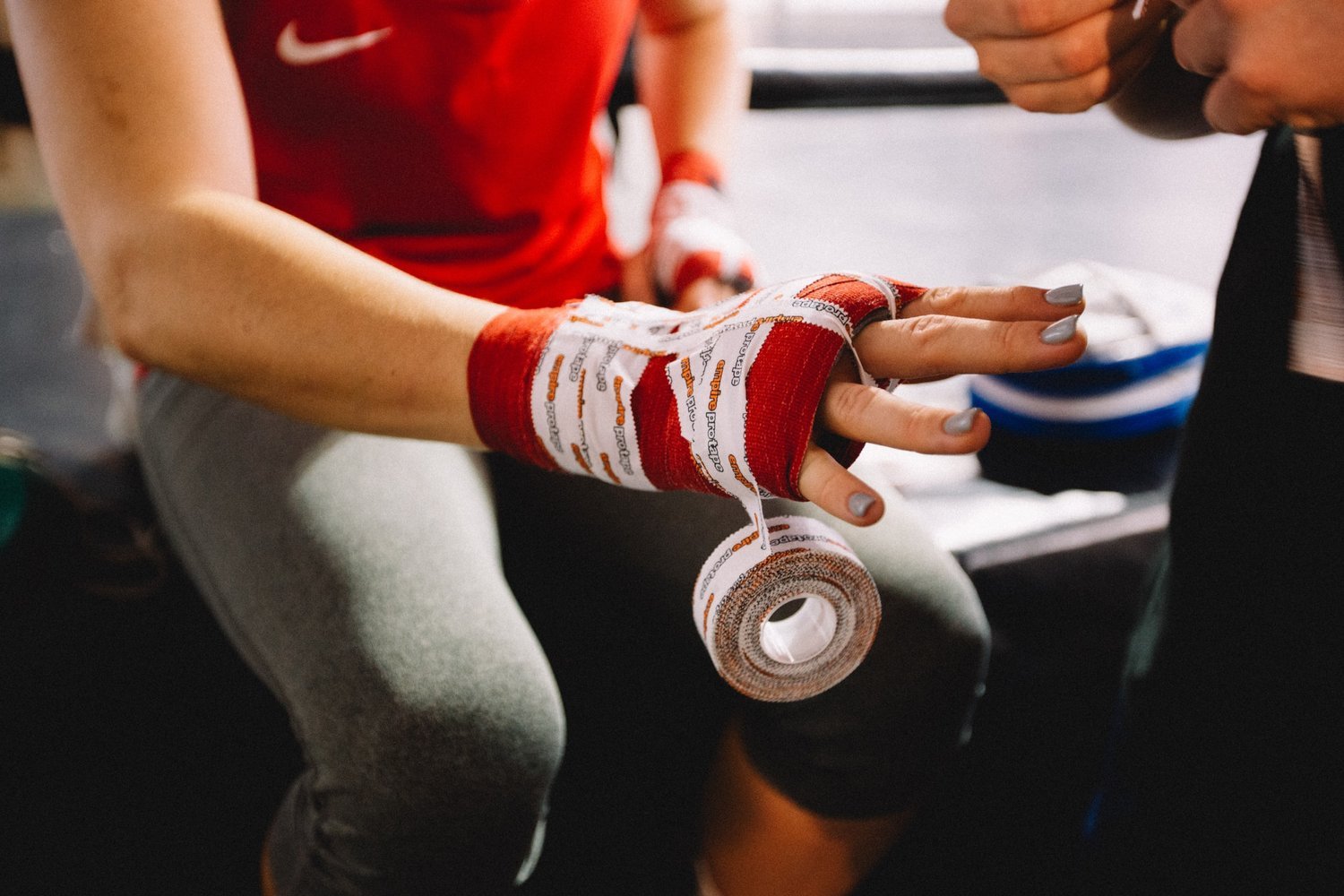Sports Recovery
Along with conditioning, strength and resistance training, and skills practice, a comprehensive athletic training program should also include dedicated time for sports recovery. Without this recovery time, both serious athletes and amateur workout enthusiasts are at risk of overtraining, which can lead to injury and burnout.
To make progress, it is important to give your joints, ligaments, tendons, and muscles enough time to heal and recover before pushing them again. This is especially crucial after an injury that causes pain, loss of motor control, or other functional issues. Supervised sports recovery becomes even more important in these cases, as these conditions can hinder an athlete's ability to move correctly and increase their chances of getting injured again.
Sports chiropractic care is a beneficial part of any sports recovery plan. A variety of therapeutic modalities can dramatically shorten recovery time as well as prevent many issues associated with over-training/overuse. Chiropractic adjustments, along with other sports chiropractic treatments like myofascial release and stretch therapy, can help reduce soreness, improve range of motion, and restore body alignment. This promotes better recovery and enhances training and performance. performance.
Passive sports recovery involves complete rest and is typically recommended immediately after sustaining an injury. It may be accompanied by ice therapy, compression, and elevation of the injured body part (R.I.C.E.,) as well as practitioner-led treatments such as dry needling, myofascial release (also known as soft tissue work,) or spinal and limb manipulation.
Once the initial inflammation subsides, a more active rehabilitation approach can begin.
Active sports recovery involves low-intensity exercise such as stretching, rehabilitative exercises, walking, or swimming. Following a more intense workout or during injury recovery, these gentle exercises help strengthen injured areas and promote mobility and blood flow to muscles, joints, and tissues without overtaxing them.
A good plan for recovering from sports can also help with muscle imbalances that occur when the muscles used the most in a specific sport become longer and stronger, while the opposing muscles become shorter and weaker. This can also happen after injury and can cause difficulty and pain even during everyday activities.
Sports chiropractic care plays an invaluable role in any sports recovery program. DTX Sports Medicine assists athletes in improving their neuromuscular control, enabling them to move more effectively and decreasing the likelihood of future injuries. Through effective physical therapy treatments that utilize various techniques, athletes can enhance their performance and recover faster from injuries.
Call DTX Sports Medicine Today!
DTX Sports Medicine can identify the cause of your pain and use proven modalities to relieve discomfort and slow the progression of symptoms to keep you active.


